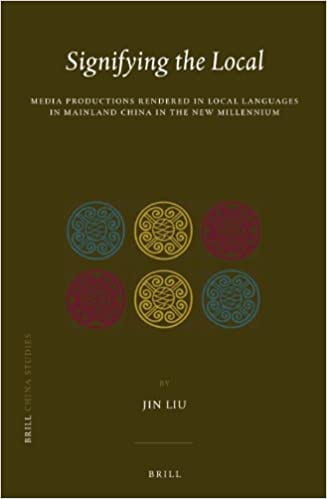Three Categories
Scholarly works categorized as book length works, journal issues and research articles, and digitalized archives.
Book-Length Works

Gunn, Edward. Rendering the Regional: Local Language in Contemporary Chinese Media. Honolulu: University of Hawai’i Press, 2006.

Tam, Gina Anne. Dialect and Nationalism in China, 1860-1960. Cambridge, Cambridge University Press, 2020. https://doi.org/10.1017/9781108776400
Journal Issues and Research Articles
Twentieth-Century China, Special Issue on National Language, Dialect, and the Construction of Identity, vol. 41, no. 3, 2016.
2018. “Chinese-Dialect Film and Its Translation: A Case Study of The World (2004),” Journal of Chinese Cinemas, 12:3, 267-284, DOI: 10.1080/17508061.2018.1522806.
Weng, Jeffrey. 2018. “What Is Mandarin? The Social Project of Language Standardization in Early Republican China,” Journal of Asian Studies, 77:3, 611-633, DOI: https://doi.org/10.1017/S0021911818000487.
Digitalized Archives
1923. Zhou Zuoren 周作人. “Geyao yu fangyan diaocha” 歌谣与方言调查 [Folksongs and dialect surveys].
Geyao 歌谣 [Folksongs] 31 (1923): 1–3.
The article is often credited as the first to explicitly advocate dialect investigation in the folk song collection movement during the May Fourth Period
1932. The Ministry of Education of ROC. [ 国音常用字汇 ] “Vocabulary of National Pronunciation for Everyday Use.”
This dictionary is significant in the National Language Movement, as the actual Beijing Mandarin, instead of the abstract, idealized “old guoyin” in 1913, formally became the pronunciation standard for the national language.
1934. Wen Yi 文逸. Yuwen lunzhan de xian jieduan 语文论战的现阶段 [The present stage in the debates on language and writing]. Shanghai: Tianma shudian, 1934.
A compilation of the debate on the mass language (dazhongyu 大众语) among leftist intellectuals in 1934.
